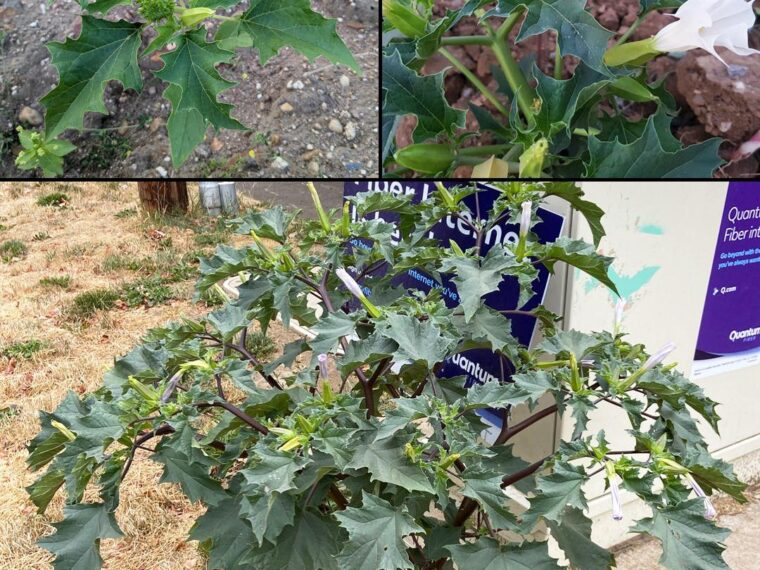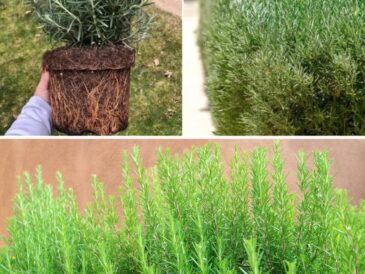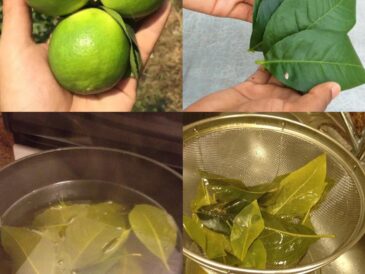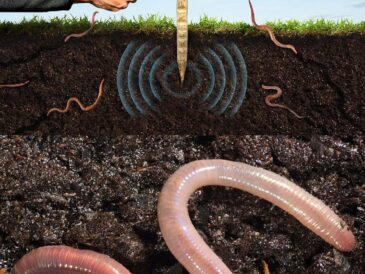The Risk of Accidental Poisoning
Children, pets, and unsuspecting gardeners are at the greatest risk of accidental poisoning. The seed pods, which are often mistaken for harmless garden decorations, contain a large concentration of the toxic alkaloids. Likewise, curious pets may nibble on the leaves or flowers, leading to severe reactions.
Historical and Cultural Use of Datura Stramonium
Interestingly, despite its dangers, Datura stramonium has been used for centuries in traditional medicine and spiritual practices. Ancient cultures used the plant’s psychoactive properties for its hallucinogenic effects, often as part of religious rituals. It was also used as a medicinal herb to treat various ailments, such as asthma, pain, and inflammation—though these treatments were extremely dangerous due to the plant’s toxic nature.
However, because the line between a “therapeutic” dose and a lethal dose is so thin, modern medicine has largely abandoned the use of Datura, preferring safer alternatives.
How to Handle Datura Stramonium Safely
If you have Datura stramonium in your garden or encounter it in the wild, it’s important to handle the plant with caution. Here are some key tips for safe interaction:
- Wear Gloves and Protective Clothing: Always wear gloves when handling any part of the plant to avoid skin absorption of the toxins. Long sleeves and pants are also recommended.
- Keep Children and Pets Away: Since the plant can be dangerous when ingested, keep a watchful eye on children and pets. Ensure they do not come into contact with the leaves, flowers, or seed pods.
- Dispose of the Plant Properly: If you decide to remove Datura from your garden, do not compost it. Instead, dispose of it in sealed bags, as the seeds can spread and lead to new growth in unintended areas.
- Do Not Ingest or Experiment with the Plant: Some individuals are drawn to Datura for its hallucinogenic properties. However, the effects are unpredictable, and the risk of serious harm or death far outweighs any potential experience.
Why Datura Stramonium is Still Grown
Despite its toxicity, Datura stramonium remains a popular ornamental plant in some gardens due to its striking flowers and ability to attract pollinators like moths and bees. The plant’s fragrant, evening-blooming flowers are undeniably beautiful, lending an exotic look to nighttime gardens.
For those who understand the plant’s risks and are willing to take precautions, it can be a fascinating and dramatic addition to a garden—though not one without hazards.
Alternatives to Datura Stramonium
If you love the look of Datura but are concerned about its toxic nature, there are plenty of non-poisonous alternatives you can plant instead. Consider the following options:
- Angel’s Trumpet (Brugmansia): Similar in appearance to Datura, this plant produces large, drooping trumpet-shaped flowers in a variety of colors. While still toxic, it is less likely to cause accidental poisoning.
- Petunias: Petunias offer a safer, colorful alternative for gardeners who enjoy trumpet-shaped flowers.
- Hibiscus: Known for its large, vibrant blooms, hibiscus can add a tropical flair to your garden without the toxicity concerns.
Conclusion
The allure of Datura stramonium lies in its otherworldly beauty, but its beauty is deceptive. Behind the elegant blooms and intriguing seed pods is a plant laced with dangerous toxins. If you choose to grow Datura in your garden, understanding the risks and taking necessary precautions is essential.
For most gardeners, however, the dangers of Datura outweigh the benefits, and safer alternatives may be the better choice. Always prioritize safety, especially when cultivating plants in family-friendly or pet-accessible spaces, and remember that not all beautiful plants are harmless.




